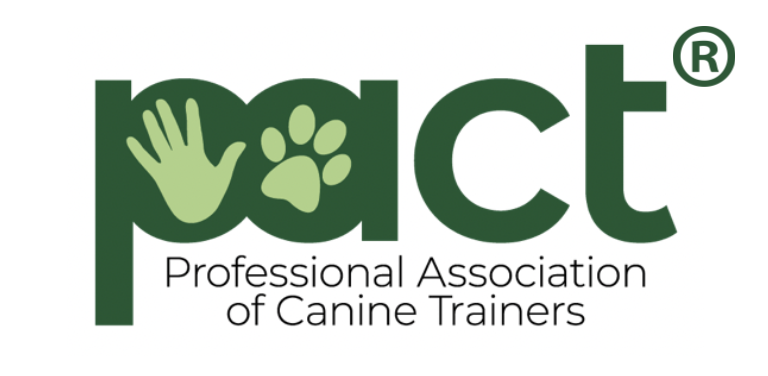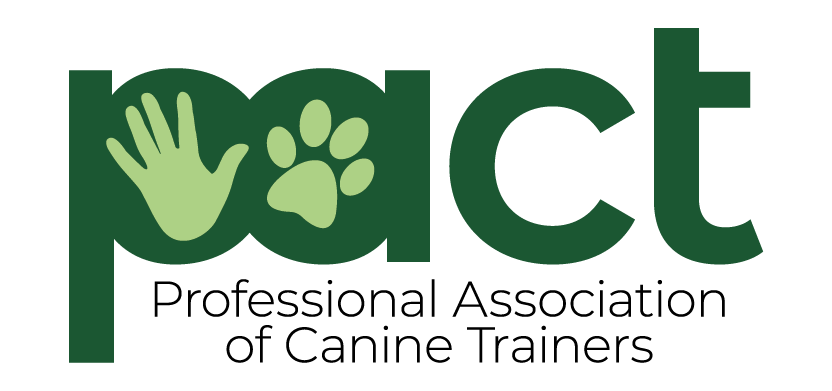Talk ISN’T Cheap: How Your Voice Can Become One of Your Most Powerful Training Tools
There are times when what you are working on, what you are interested in, AND what you are learning all serendipitously combine in a wonderful "Aha!" moment. I had one such moment this week and wanted to share it with you.
The Fluff Monster and the Seventy-Eight-Metre Arms
I’ve written before about the dog training struggles I had when I first relocated to rural Wales. I quickly discovered that being surrounded by so much countryside brought new challenges, particularly with my giant, loveable Newfoundland, Peaches. These challenges manifested as horrendous pulling on the lead and a pretty severe sheep addiction.
I won’t go too far into the journey of how we finally began to overcome these issues (I’ve written another blog about that called “From Struggle to Trust: My Dog Training Adventure in Rural Wales”). But after desensitising her to sheep, we were able to go back to basics with Loose Lead Walking. I delved deep, questioning friends and peers, scouring the internet for new techniques, books, and podcasts—anything that might get me back on track. Long story short, a combination of many techniques and consistent training means my arms are no longer at risk of being seventy-eight metres long.
During that time, I learned so much about stripping behaviour back, meeting needs, context, and communication. The success even inspired me to completely refilm the Loose Lead Tutorial for our PACT Canine Training Instructor Course. I simply had SO much more to say.
One part of that puzzle I rediscovered, and what I want to talk about today, is just how key the use of our voice can be.
The Podcast 'Aha!' Moment
This week, I listened to the first episode of a fabulous podcast called "Brain and Behaviour," hosted by Daniel Shaw, interviewing Dr. Simon Gadbois. I must admit, I went through a stage of consuming every podcast Dr. Gadbois had been on. He has that unicorn skill of breaking down hefty ideas into easily digestible morsels (the only type I stand a chance of ingesting).
In the show, Daniel and Simon discussed how best to leverage modulation in how we use food, markers, and even… our voices.
This is where I had my "Aha!" moment. I realised I’d been doing exactly this. I’d seen this approach have real, tangible effects on my training with Peaches and, without a shadow of a doubt, had witnessed a boost to our understanding of one another. I remembered that early in our Loose Lead odyssey, I’d been so focused on the technicalities of marker timing and reward placement that I’d almost forgotten to use the one thing Peaches responds to more than anything: my voice.
80s Mum
In the interview, Dr. Gadbois pointed out just how receptive wolves and coyotes are to vocalisations. Having spent time observing both, he saw first-hand how instrumental vocalisations are to communication. Seeing how closely related our dogs are to wolves, it stands to reason that we should leverage this skill. Or as he eloquently puts it… “Play with it!”
I was also introduced to a great new word: Prosody.
A quick Google search explained that prosody, in the context of our voice, refers to “the rhythm, intonation, and stress patterns of spoken language.” Basically, it's how we motivate and communicate emotion and intent through the way we speak. All I have to do is remember the way my mum would say “STEVEN!” if she deemed me to be misbehaving, and I understood the concept completely. Luckily, as I’m not in the game of striking the fear of god into Peaches, this works just as well on the positive side of the spectrum. It turns out there are even measurable, positive differences in how a brain reacts depending on the enthusiasm of a single "Good Dog!"
Playing 'Hot or Cold' With Your Dog
I’d seen all this firsthand. I had played with the modulation of my voice in how I delivered a verbal marker. I’d added in a verbal “no reward marker,” which really seemed to have a positive effect (a blog for another day, perhaps!). I even found myself playing a dog training version of "Hot or Cold."
I used my voice to give Peaches information about how close she was to hitting the marker, convinced that the more information she had, the easier it was for her. It made complete sense; I imagined how frustrating it would be to learn something with only the bare minimum of information. But the biggest change I made was in the way I gave her feedback. By simply adjusting (modulating) my voice to indicate how happy I was with certain behaviours, the training was supercharged and our relationship truly flourished.
Losing Your Voice (Without a Sore Throat)
I found myself reflecting on just why I had shied away from using my voice so much. Perhaps it was an unfortunate by-product of filming my training sessions for tutorials? It’s possible that, subconsciously, I’d turned the volume down on my vocal expression to look slicker or “more professional” for the students watching those videos.
Whatever the reason, I’ve learned a valuable lesson about keeping it real, even when a Samsung lens is documenting your every move. The more I thought about it, the more this made sense. Before my stint of filming, I’d been using my voice instinctively from day one. We all do, right? I remember reading and ebing enchanted by Dr. Patricia McConnell’s work on how our voices affect behaviour, and I vividly remember being in awe of the vocal skills of one of my early mentors. It’s funny how things can slip away without us realising it.
The Moral of the Story: Permission to Play
The moral of this story, I guess, is to be true to your instincts and not lose yourself by getting too bogged down in technique and professionalism.
As Simon Gadbois puts it, “Play with it.”
Play with prosody, for sure, but also play with everything! Play with rewards, play with delivery, play with timing. Carry that playful attitude to your reinforcers, vary what you use as reinforcers, use treats that have different values. Don’t be so rigid that you miss the easy (and often most rewarding) part of these wonderful relationships.
Something to ponder on, at least.







